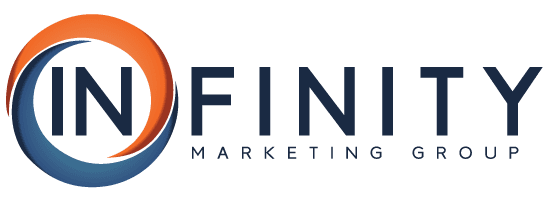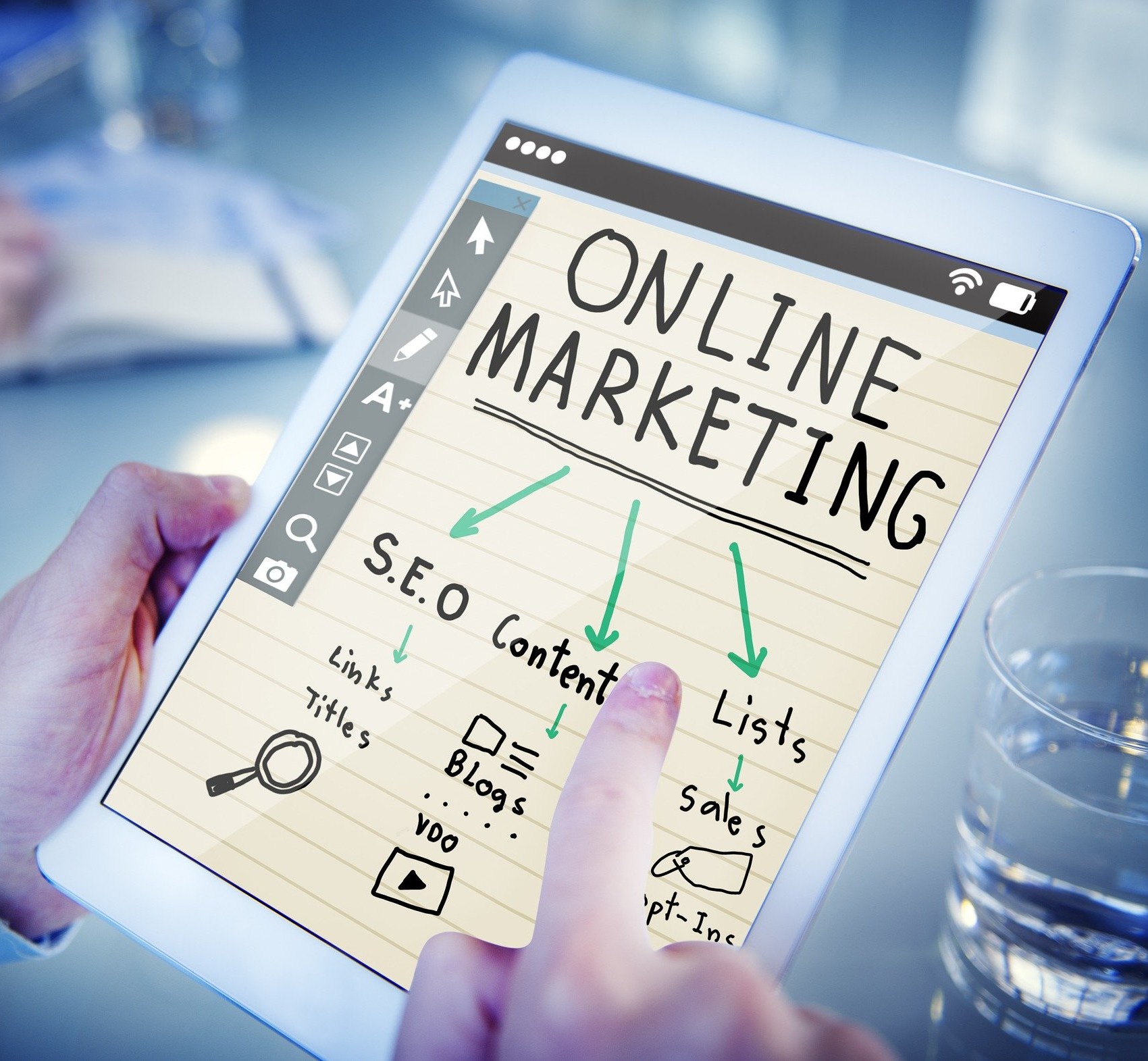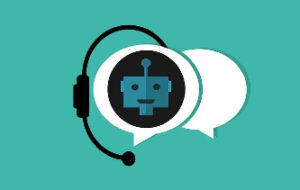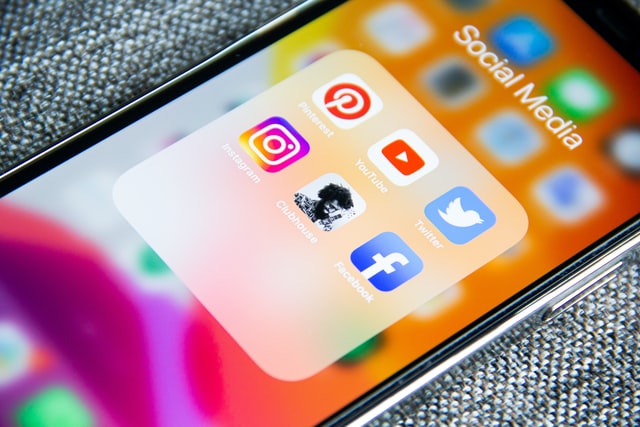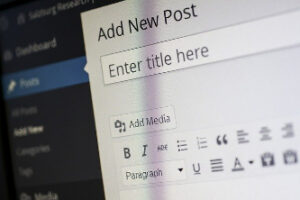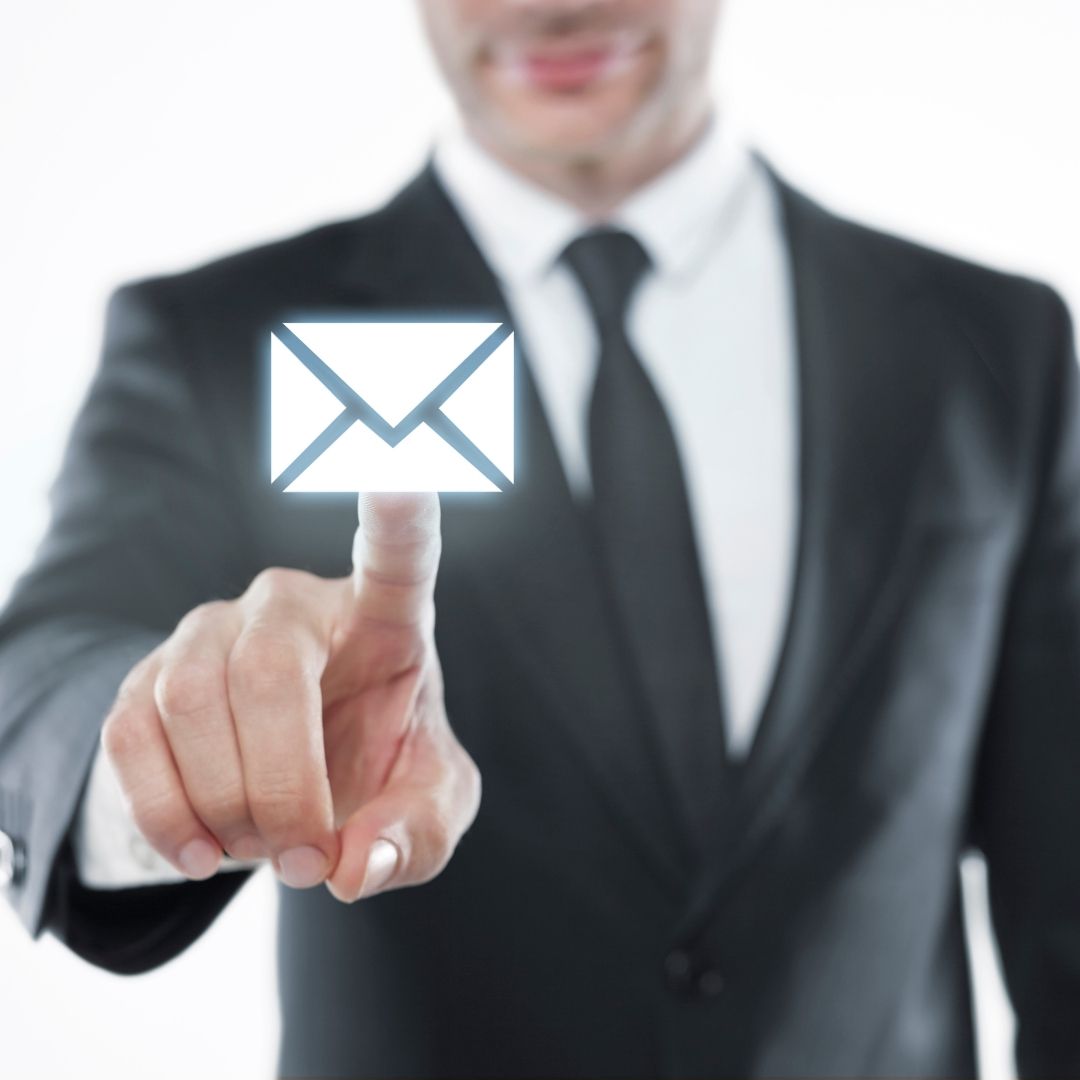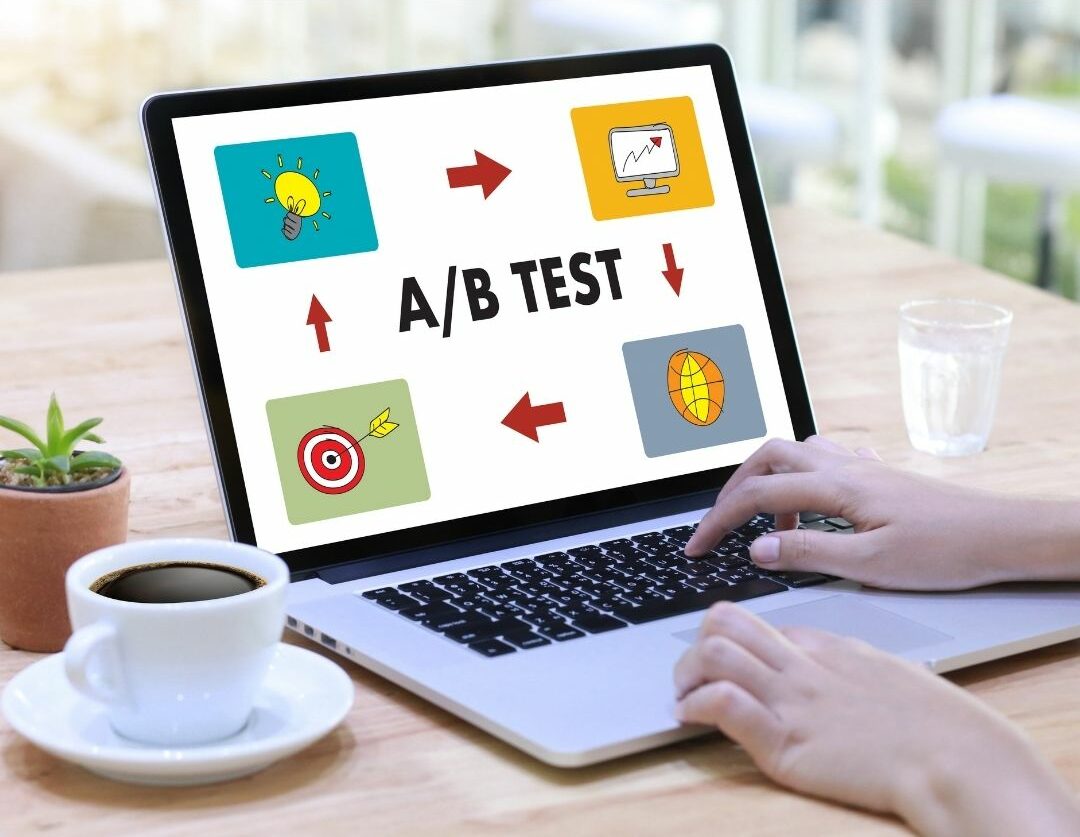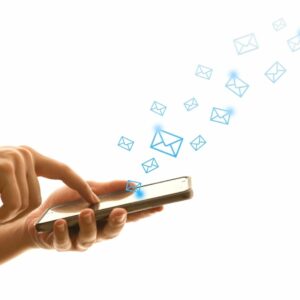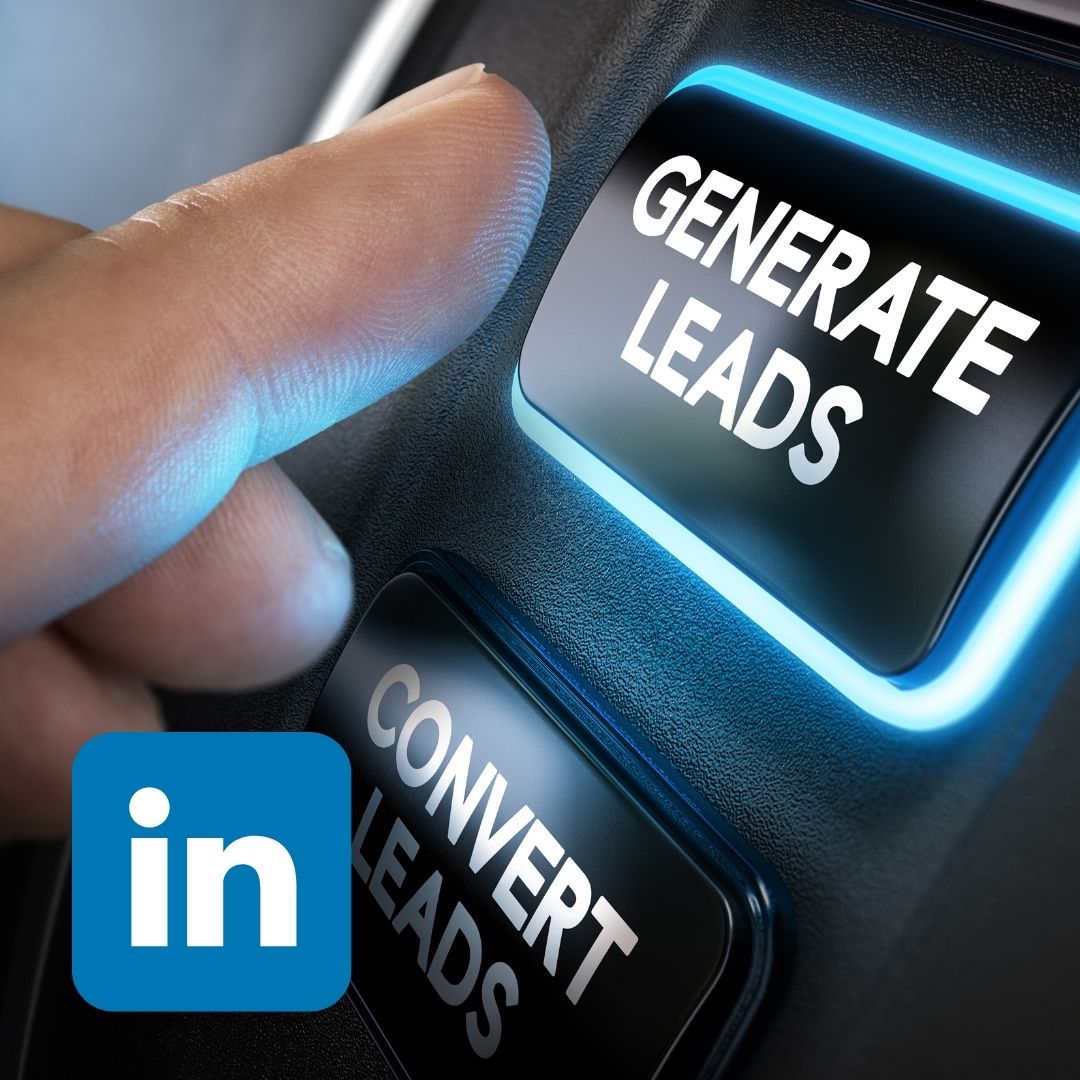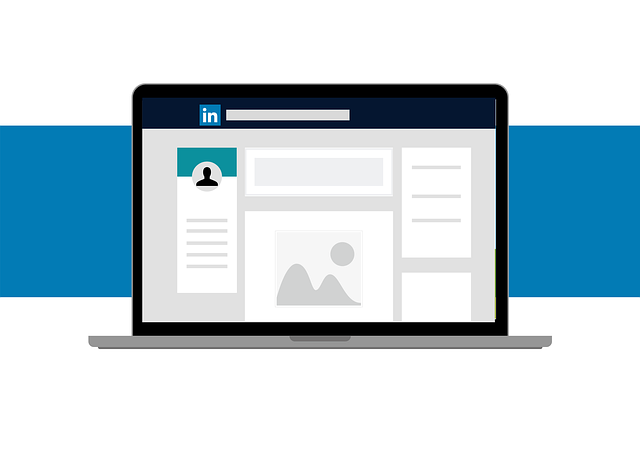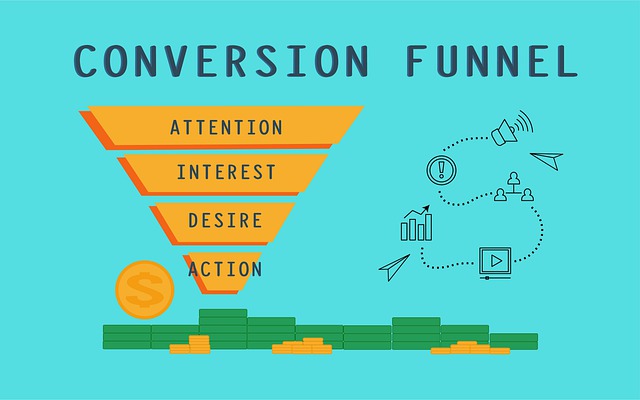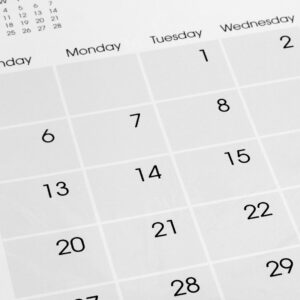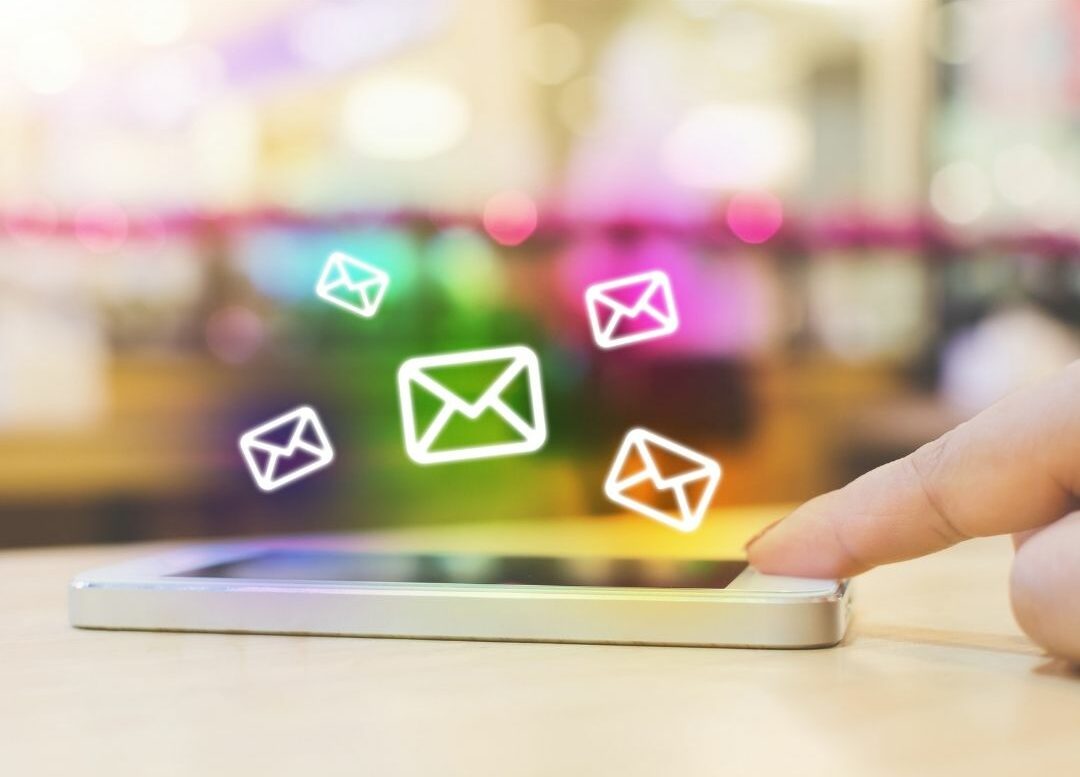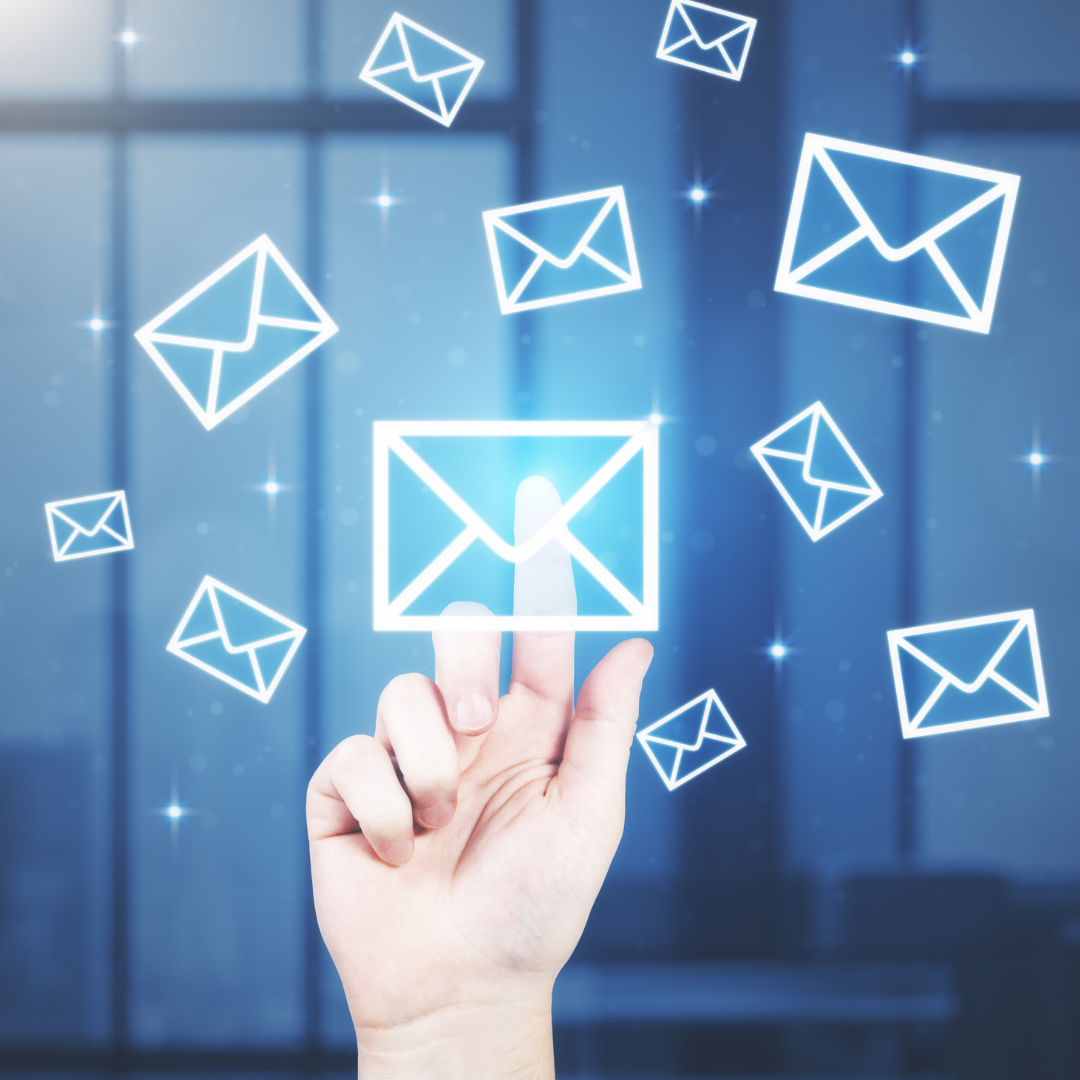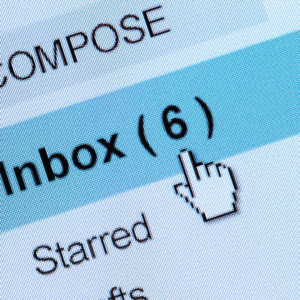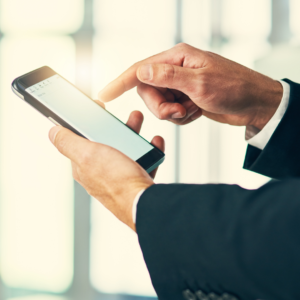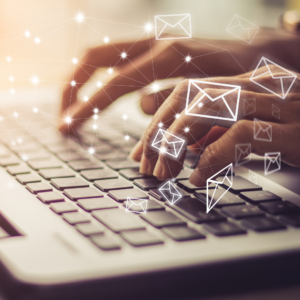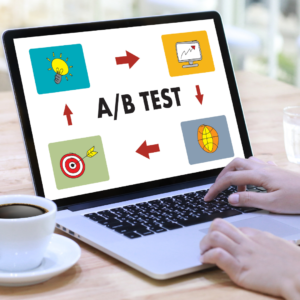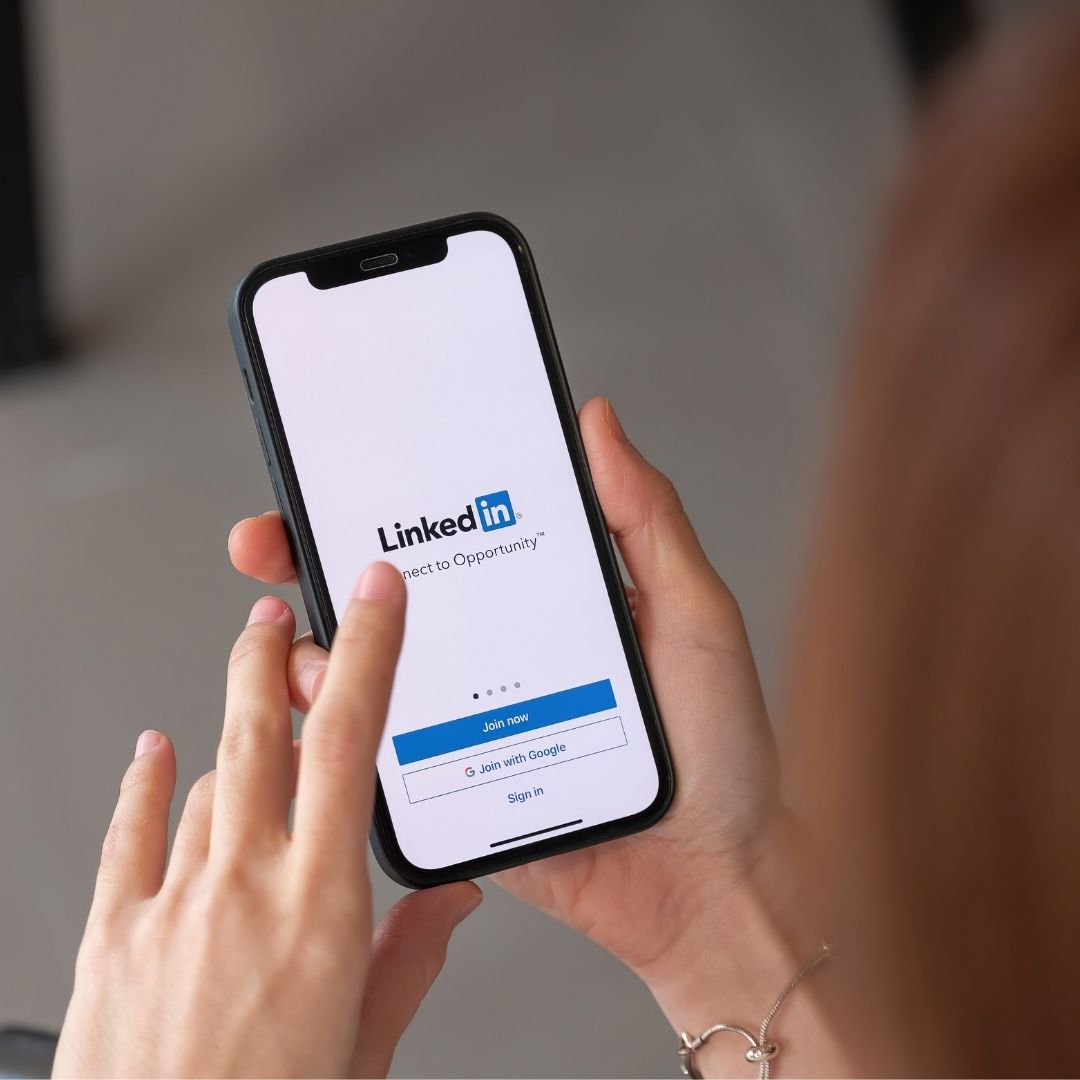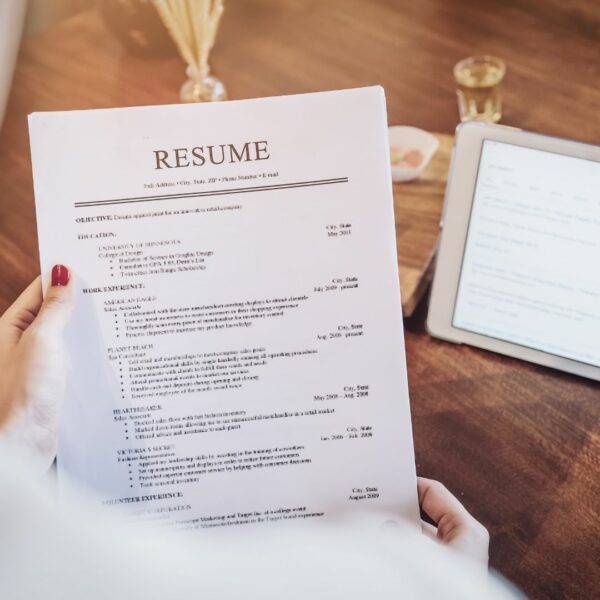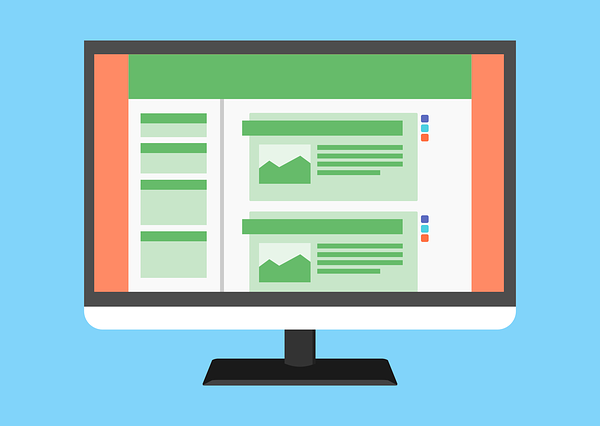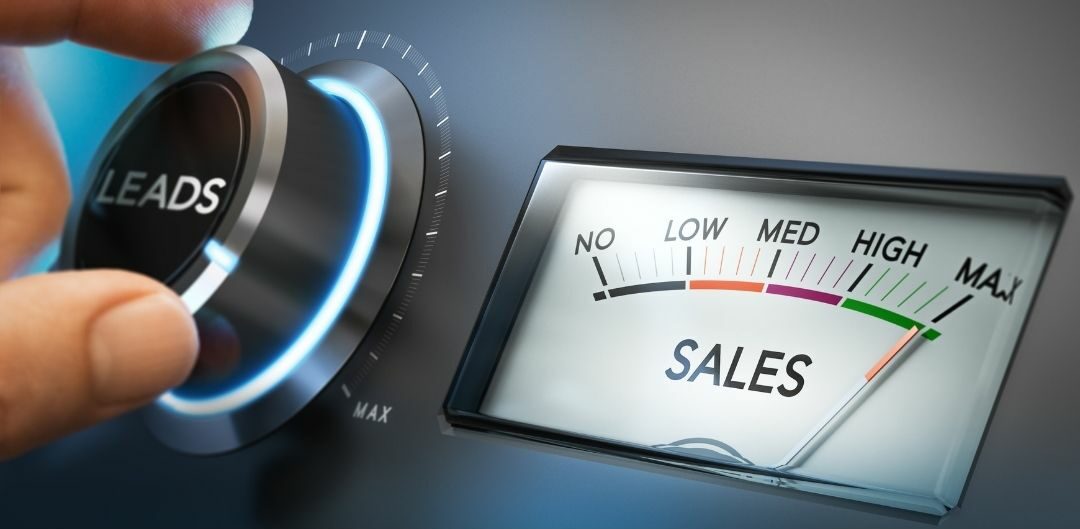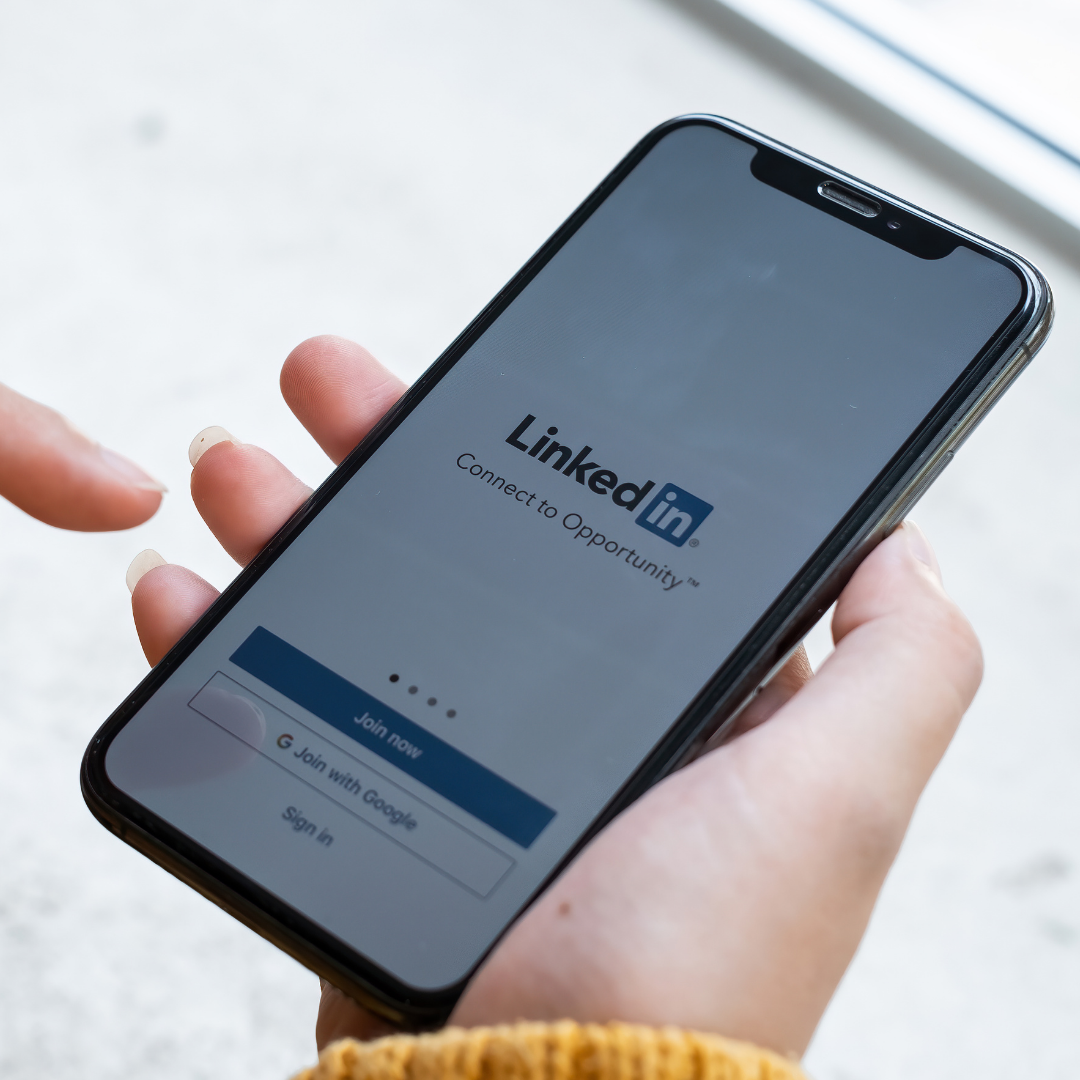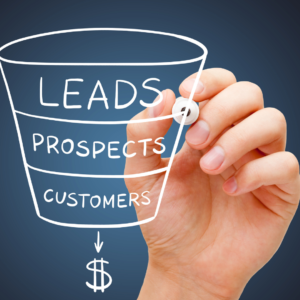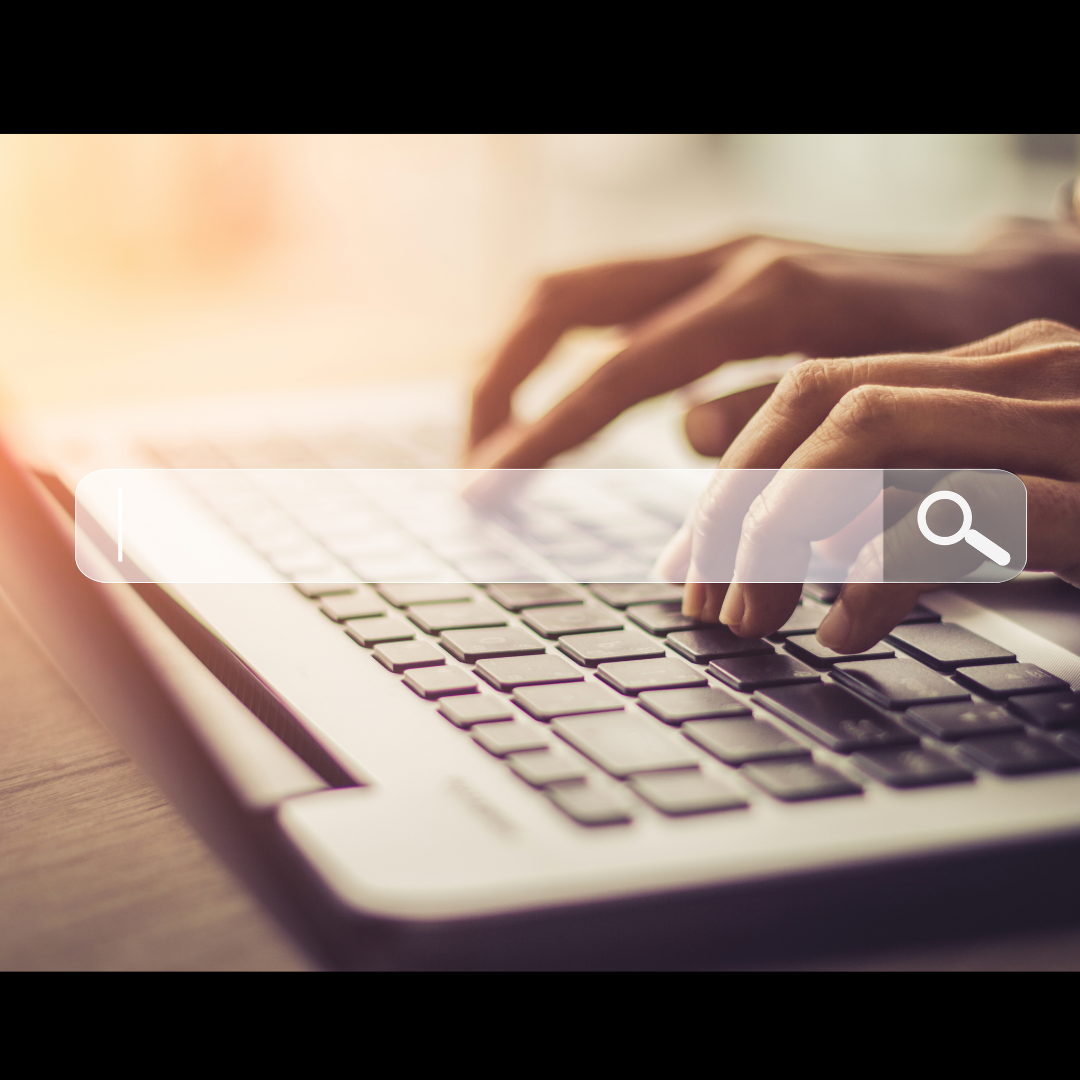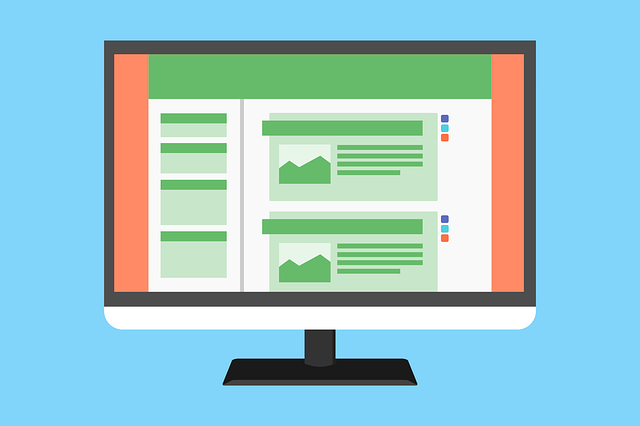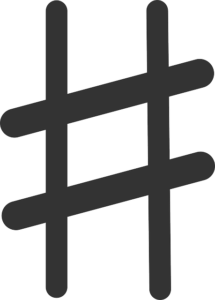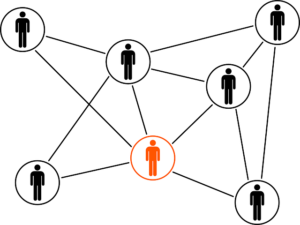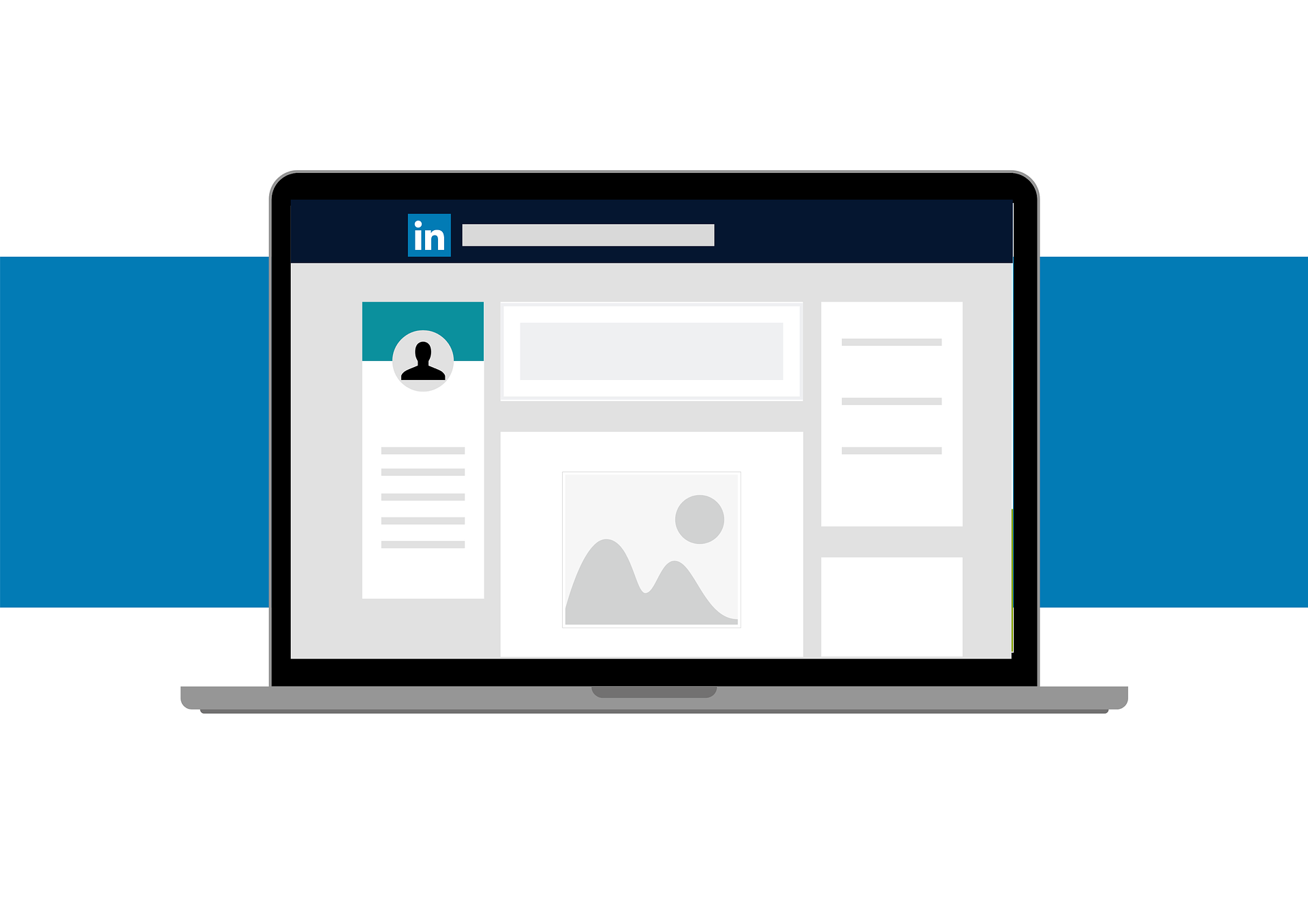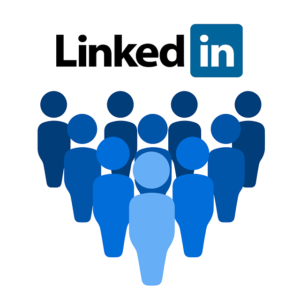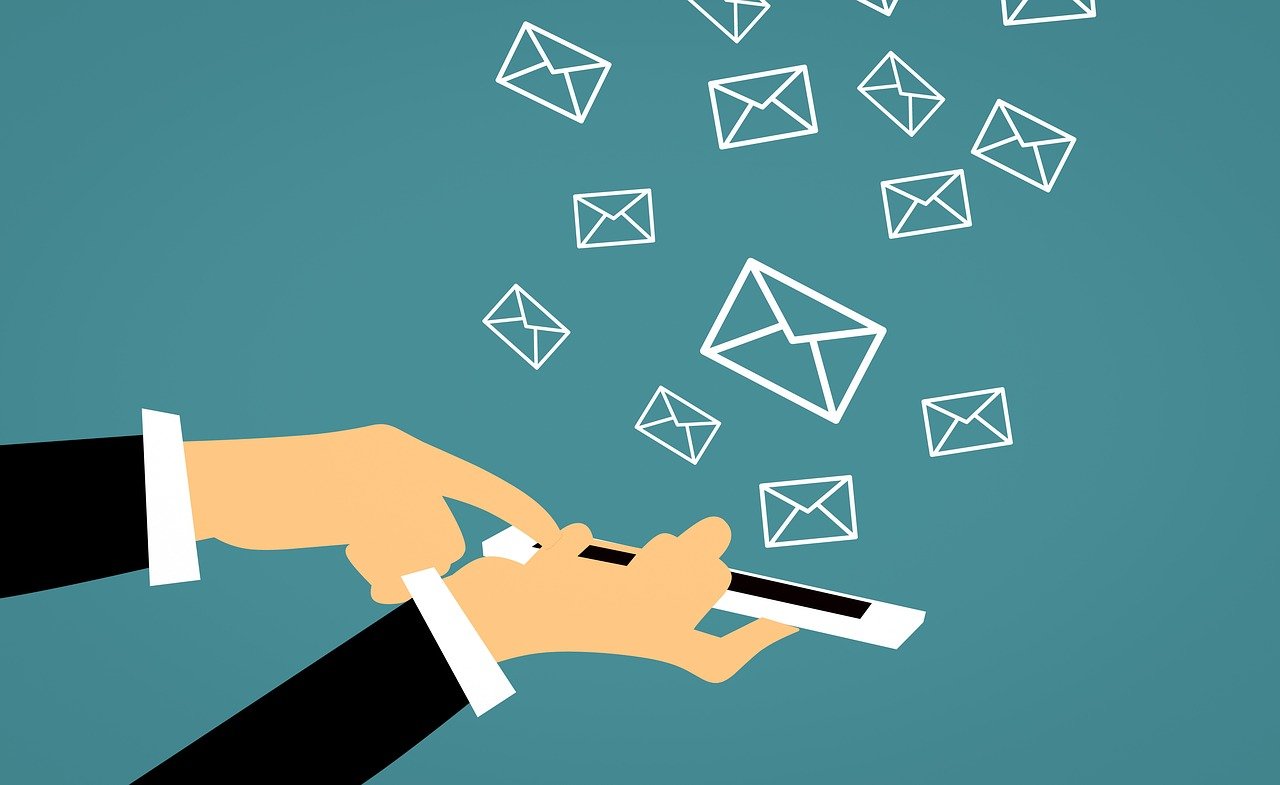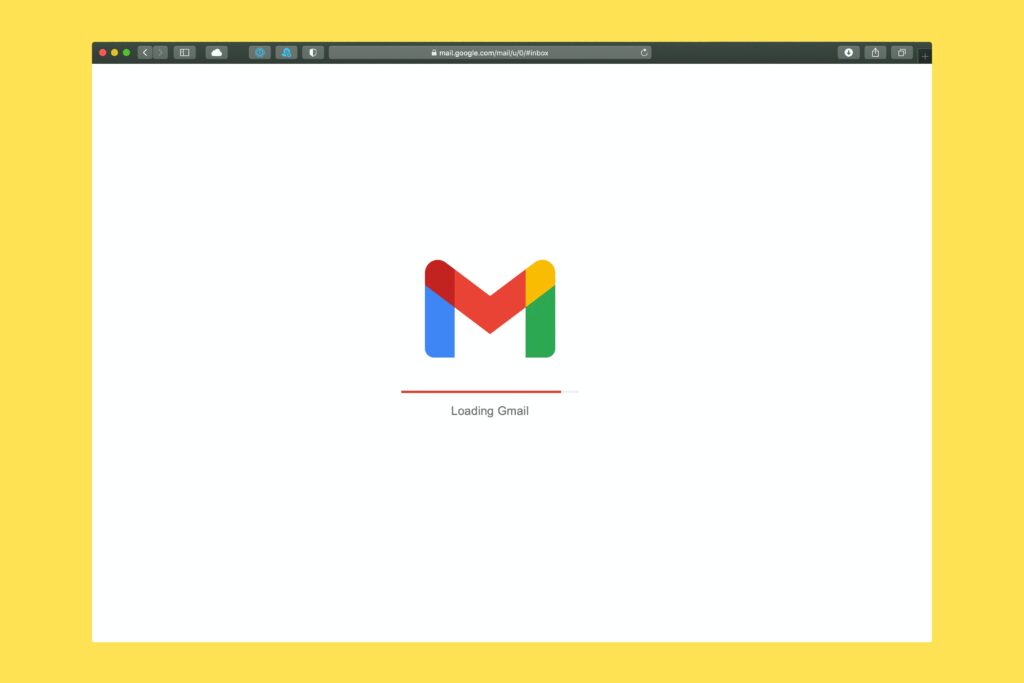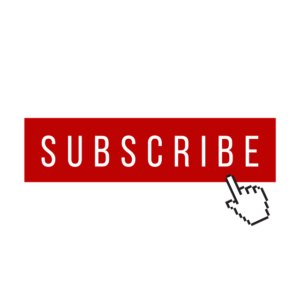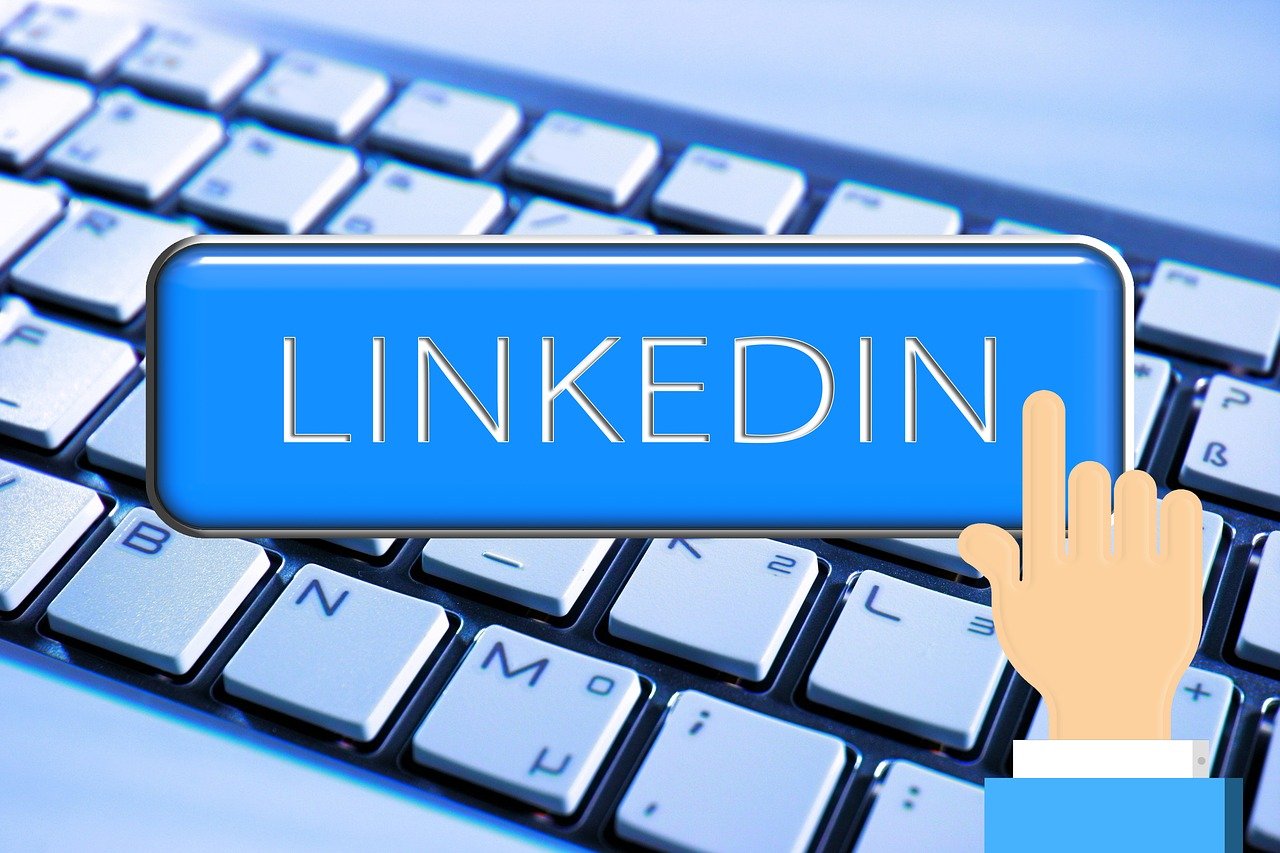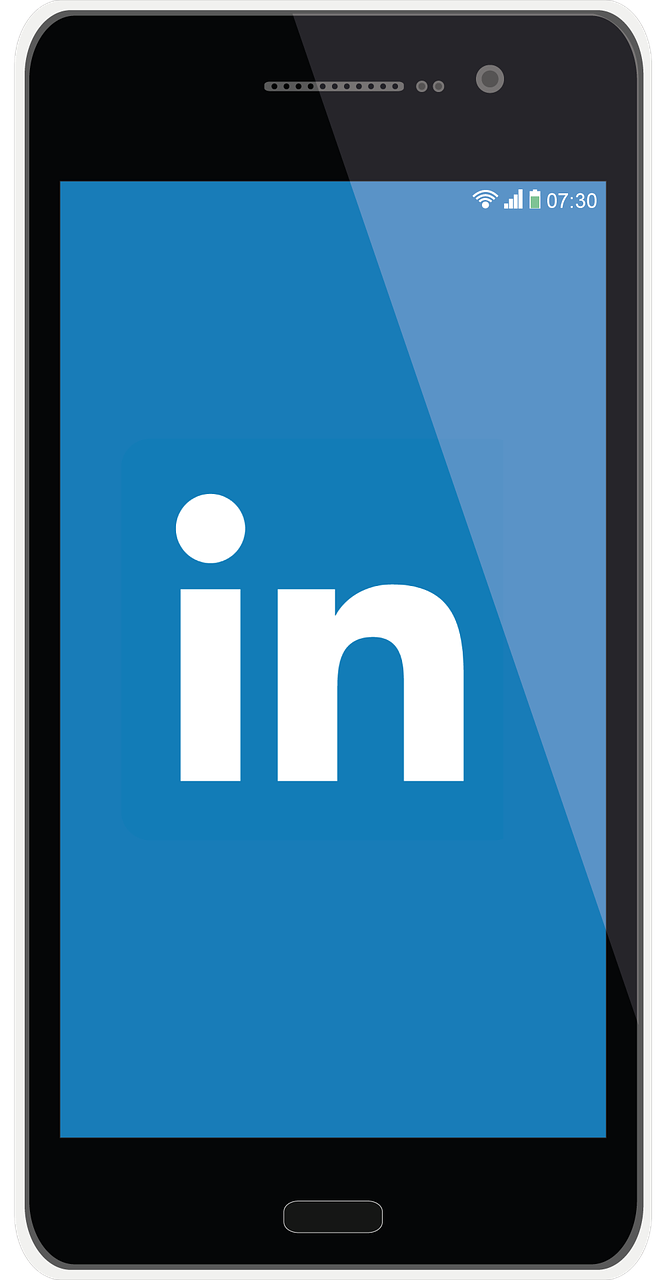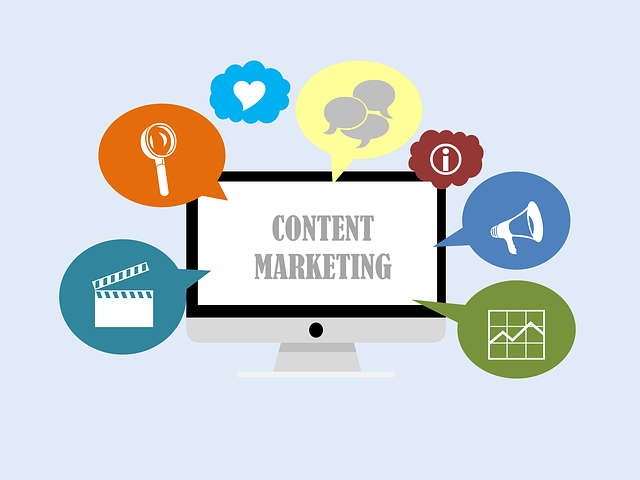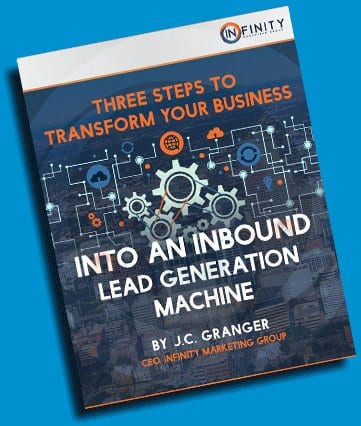Email marketing is a highly effective marketing tool for B2B businesses. Despite social media and other channels gaining traction, email is still a quick and effective marketing method for B2B. Email marketing can be highly successful, as long as you develop a strategy that’s tailored to your audience.
The key to successful email marketing campaigns is engaging, purpose-driven copy that resonates with your audience. However, establishing effective email copywriting can be challenging, especially for B2B businesses. The following are the top 10 email copywriting hacks that you should leverage at your B2B business to connect with buyers and boost conversion rates.
1. Fine Tune Your Company’s Buyer Persona
Understanding your target audience is a key aspect to successful email copywriting (and many marketing strategies, in general). Once you’ve fine-tuned your buyer persona, that ensures you can concentrate on your buyers’ needs, which narrows down the type of content you create.
To craft the best copy for your email campaign, you’ll have to understand everything about your B2B business’s ideal prospects. This includes:
- Their fears, desires, needs, and aims.
- Their pain points, so you can present your business as a solution.
- What their decision-making process looks like.
- Factors that have an impact on their business purchasing decisions.
- What they want and need in the short term, and their long-term goals are.
- The motivations that spur them into taking action.
- What type of language and colloquialisms they prefer.
- What kind of doubts they may have and how those doubts develop.
Once you have the answers to these questions, you can set the tone of your email copy and tailor campaigns to match your buyers’ specific interests. Fine-tuning your buyer persona also sets into motion the rest of the hacks on this list.
Need help with your email marketing strategy? Infinity Marketing Group specializes in running B2B email campaigns. Using time-tested methods, our team of email experts creates campaigns that grow your email list and increase conversions. Interested in learning more? Check out their Email Marketing Service now.
2. Understand the “Don’ts” of Email Copywriting
 Just as there are a lot of things you should do in email copywriting, there are several things you shouldn’t do to be aware of. The hack here is to keep these “don’ts” in mind as you are crafting unique and engaging copy so you don’t overstep and end up losing your target audience. You can do almost anything with your copy, but be sure to understand a few general email copywriting rules:
Just as there are a lot of things you should do in email copywriting, there are several things you shouldn’t do to be aware of. The hack here is to keep these “don’ts” in mind as you are crafting unique and engaging copy so you don’t overstep and end up losing your target audience. You can do almost anything with your copy, but be sure to understand a few general email copywriting rules:
- Don’t use your emails as a chance to attack competitors. Such behavior typically turns customers away and puts your integrity or reputation in question. You can compare your business to the competition, but do so in a way that focuses on the positive aspects of your business, and back up your claims with facts.
- Don’t be impolite in your messaging. You may use colloquialisms and an informal tone depending on your target audience, but make sure your copy stays polite, friendly, and professional. Don’t use arrogant or condescending language.
- Don’t make promises that seem too good to be true. The more profitable or exclusive your offer is, the more readers may be suspicious of it. Be realistic in your messaging and back things up with examples, proof, and client testimony. Remember you will need to deliver on your promises to retain customers.
- Don’t use words that have negative connotations to them. On top of staying polite, make sure your language is positive and upbeat. Avoid words like “wrong” or “expensive.” Focus on the best aspects of the offer you’re making.
- Don’t forget how busy your recipients are. People don’t have a ton of time to read emails, so keep your message short and sweet, and try to get your point across as concisely as possible. You can use tried-and-true email formulas such as BBB (brief-blunt-basic).
One of the most important “don’ts”: Don’t use every single tip you see about email copywriting in a single email or campaign (that includes the ones on this list). Carefully select the copywriting tricks you will use in your own copy; what’s successful will depend on your target audience, your products and services, and other factors.
Many copywriting techniques can even be conflicting if they’re used all at once. Take the time to determine which tips are best for your situation.
3. Pay Close Attention to Your Word Choice
As mentioned above, the language you use in your emails doesn’t just help you connect with your audience–it also has the power to turn them away, so choose your words carefully. Remember to keep a positive and peppy tone. Typically email campaigns position themselves as a supportive resource for the buyer, and simply aim to help solve whatever problem the buyer is facing.
Using colloquial language or slang is an easy way to connect with readers. Keep in mind, however, that using slang in your emails can backfire, depending on your industry. Analyze whether colloquial language makes a negative impact on the performance of your email campaigns. If it does work well, use it moderately.
A few other word choice hacks you can use in email copywriting include: 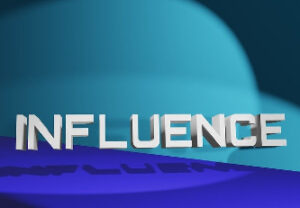
- Power words. These words create a strong response from readers, emotionally and/or psychologically. They encourage readers to take action, help build trust that your business is an authority, and more. Enhance your copy with power words like “top secret,” “sneak peek,” “guarantee,” and others.
- The “guide” technique. With certain phrases, such as “imagine,” “pay attention,” and “just think,” you’ll keep the reader’s attention more successfully. Unlike power words, these phrases don’t elicit a response but rather prolong attention and engagement.
- Using double verbs, such as “sign up and save,” “filter and find,” or “shop and discover”. A double-verb kick helps guide the reader on the direct actions they should take.
4. Use Anchor Technique
With anchor techniques, all you need to do is put an “anchor” within your copy that is a starting point and guides the reader throughout the text, altering their perception along the way. Many email copywriters do this with numbers or prices:
- At the beginning of the email, the copy offers a product that has a certain price point and provides a description that justifies the price.
- Later in the email, it’s explained that the product is half off but only for a limited time.
- The email ends by welcoming the reader to purchase the product before time runs out and the full price returns.
The email recipient may be uninterested in the product at first, but their interest is piqued as they read on. You also don’t have to use numbers for this technique; you can use payment options, plan upgrades, shipping options, or subscription tiers as the anchor. Just make sure you use an anchor more than once in the body of the email.
5. Personalize Your Content
A great hack to boost the success of your email campaigns is to ensure you are personalizing the content you create. Personalization techniques, such as adding the recipient’s name in the subject line or within the text, put a human touch to the copy. You can also create special offers based on the organization’s past engagement habits with you.
Personalization can improve the KPIs of your email campaigns. According to Monetate, sales increased 20% when marketers used personalization techniques in their copy.
If you have the means to do so, personalization is especially successful with important, high-spending customers. The bigger the client is to your business, the more personalized the offer should be. They’ll continue to invest when they receive offers built exclusively on their wishes and needs.
6. Ask Questions to Enhance Engagement
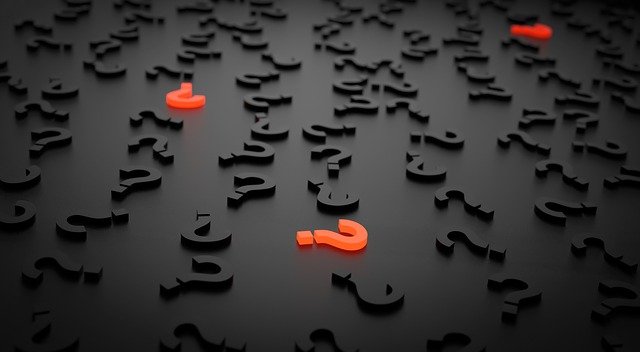
Posing a question engages your readers in a personable, immediate manner. You open up a conversation and connect with them on a much more personal level. This is one of the reasons why surveys and polls continue to be effective methods to engage with buyers.
In your email copy, use open-ended questions that don’t just have “yes” or “no” answers to pull the reader in. Put questions in the subject line of your email so readers see it right away and are tempted to go through the entire email to find the answer or give their input. Asking questions also makes your readers feel as if you care about them, and provides the impression that they are making an individual impact on your business.
7. Leverage Buyer Emotions
Another email copywriting hack is to tap into buyer’s emotions. Many people experience a fear of missing out on a great offer, or will be more likely to take action if they are made to feel special or important.
Take another look at your buyer persona and what type of services your B2B business provides. Not every business can treat buyers like VIPs, but there are certain emotions that are already present in your buyers, and these are the emotions you should tap into.
There are several different tactics to use when it comes to leveraging buyer emotions:
- Creating an impression of exclusivity. One of the most useful strategies is to make your reader feel as if you are speaking only to them and providing one-of-a-kind offers that were built specifically for them. Products and services that are presented as exclusive seem generous and reinforce a more personable relationship.
- Using fear as a motivator. The fear of missing out is real. Showing customers exactly what they’ll miss out on if they pass up your offer can be a great motivator, as long as you present the idea carefully so that customers convince themselves that the offer is a necessity.
- Offering positive incentives. You don’t have to focus on FOMO to encourage action–there are positive emotions to tap into as well. Offer a sneak peek into something that’s up and coming, or a free trial. You can also point out ways that your B2B products and services give buyers a leg up on their competitors.
- Catering to your client’s desires, not just their needs. Desires, rather than needs, drive a lot of decision-making. Your buyers need some of your products, but other products, they simply want. In your email copy, cater to both the rational and the emotional decisions that your buyers may make.
8. Skillfully Motivate Your Subscribers to Take Action
Email copywriting often involves subtle motivations and some psychological tricks. Once you understand your buyer persona, you can employ these tricks, which will slowly encourage readers to take action on your offers.
Much like leveraging emotions, it’s essential to understand what most likely will and won’t work with your subscribers. You can run A/B tests to see what kind of motivation your buyers respond to. Some common copywriting tricks you can try include: 
- Highlighting a key benefit and mentioning this benefit three times within the email copy. Describe the benefit at the beginning of your email, in the middle, and once again at the end.
- Using phrases that add an extra aspect. Saying phrases such as “one last thing” and “even more”, then adding a little bit more of an incentive or information, can be the one thing that finally pushes the reader into action. Trying saying “One last thing, this is available for a limited time,” or “On top of all that, we’re offering 10% off.”
- Describing small actions the reader can take to experience your products or services. This is especially helpful when your end goal requires a complex set of actions or large financial investment, as you slowly lead the customer to this complicated end goal.
You can also try withholding some information in your emails. This trick works best for up-and-coming announcements or when new products are launched. Tease the reader throughout the email and reveal enough about your product or announcement to pique their interest. At the end, ask them to reply to the email for more details or sign up for a waiting list so they can be notified in the future. You can also include a CTA that says “Find out here!” to boost email click-through rates.
9. Deliver on Your Promises
While this may seem like an obvious hack, it’s important to be mindful about the language you use in your email copy and whether your company can realistically deliver on the promises you are making. Don’t over-promise for the sake of increasing open rates or conversion, otherwise, you may risk the reputation of your business.
Describe the benefits to your products and services in a compelling, believable manner. Providing short-term numbers or advantages is especially helpful here, as people are more likely to buy into something that will boost their business in the next several months or even weeks rather than over the course of a year.
Make sure you can deliver promises on time, as well. Set up email drip campaigns that automatically send content to subscribers at specific times so you can streamline this process. For example, a drip campaign can trigger an email that describes when a free trial will end and a paid subscription will begin. Or, it can provide an update on when the customer can expect their product to be delivered.
In email copywriting, it’s also important to use clear, precise words that don’t leave room for any misunderstanding or doubt. Be exact with your word choice and avoid vaguely describing promises, benefits, or timelines. You want your emails to answer the reader’s questions before they come up–and there are specific questions that should be addressed.
Want to put your email marketing campaigns in the hands of experts? Infinity Marketing Group creates effective purpose-driven email marketing campaigns for B2B tech and software companies. Learn more here.
10. Check Your Email Against These 5 Questions
Before you send your email off, make sure it contains all the information that recipients need to know. Check your email against these questions, and be sure that your subscribers can answer easily: 
- Who is reaching out to them? Who is selling the product or making an offer?
- What exactly is being sold or offered?
- Why should they go out of their way to buy a product from you or make an investment in your services?
- How will they be able to learn more? A discovery call? A landing page on your website?
- Why should they be able to take action now instead of waiting? What kind of benefit or imperative is there to acting quickly?
Even from a brief glance, your subscribers should be able to answer all of the answers above; the main point of email copywriting is to deliver information in a concise way. Readers likely will scroll or skip through the email, so the information you present should be short and clear.
The two hardest questions are why they should go out of their way, and why buy now. These are the biggest pushes your compelling email copy should make–after all, nearly every email is selling something. Describing quickly and concisely why buyers should invest in your business specifically, and as soon as possible, is the key to standing out.
Leverage These Email Copywriting Hacks And More
Establishing successful email marketing campaigns isn’t easy, but it begins with strong and compelling email copywriting. Once you fine-tune your buyer persona, as well as the tone and language that your buyers resonate with, you can move on to incorporating the hacks on this list that are the most fitting for your business.
When you meet buyer needs, provide solutions to their pain points, and skillfully motivate them to take action, your emails connect and engage your target audience. Want to learn more about email copywriting, or how to create a successful email marketing strategy? Infinity Marketing Group can help you personalize your emails and target customers to boost your ROI.
